The Naval Surface Warfare Center Carderock Division is primarily known for managing the David Taylor Model Basin, but it has other facilities scattered throughout the country. The most interesting of these is the Acoustic Research Detachment located at Bayview, Idaho. The ARD is the world's leading facility for studying surface ship and submarine acoustics, a surprising thing to find several hundred miles inland. But Lake Pend Oreille,1 deep in the mountains of the Idaho panhandle, is the perfect place for such studies. It's over a thousand feet deep, very cold2 and very calm thanks to its isolation and the mild weather of the region, all factors that contribute to a low level of background noise.3
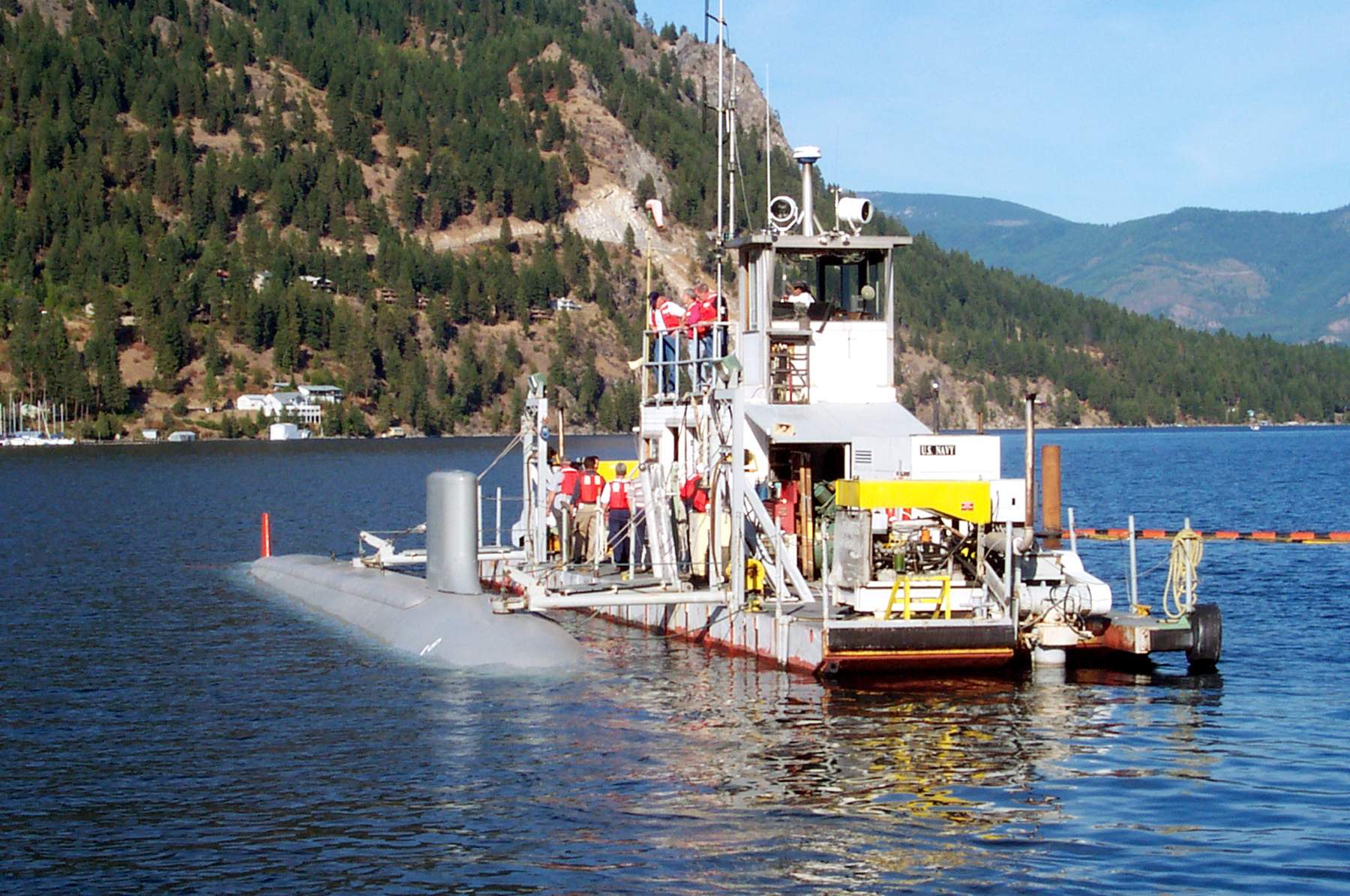
LSV-2 Cutthroat alongside the support tug
Bayview's most impressive systems are a trio of large-scale ship models, two submerged and one surfaced, each about a quarter of the size of the vessels they represent. The submarines, LSV-1 Kokanee and LSV-2 Cutthroat, represent the Seawolf and Virginia class submarines respectively, and are capable of autonomous operations, removing the need for noise-inducing tethers as the vessels pass the hydrophone arrays the Navy has placed in the southern end of the lake. Cutthroat, at 110' long, is the largest unmanned submarine on the planet, and her electric motor is capable of delivering 6000 horsepower. The surface ship model, formally the Advanced Electric Ship Demonstrator but more often known as the Sea Jet, is a scale version of the Zumwalt. All three vessels are primarily intended for development of quieter propulsion systems for submarines and surface ships, although they are also used for flow noise studies, handling tests, and investigations into other aspects of the signature. Read more...


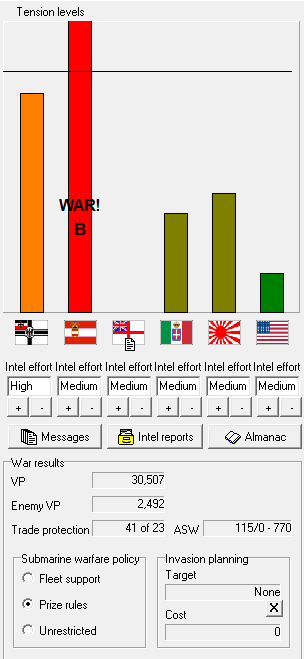
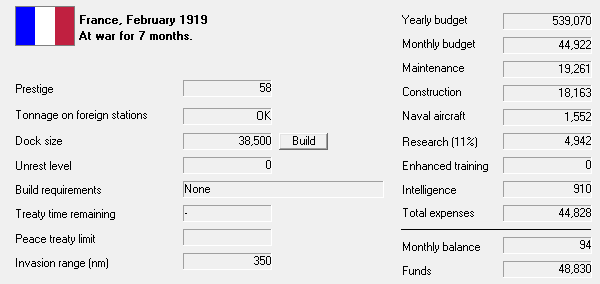
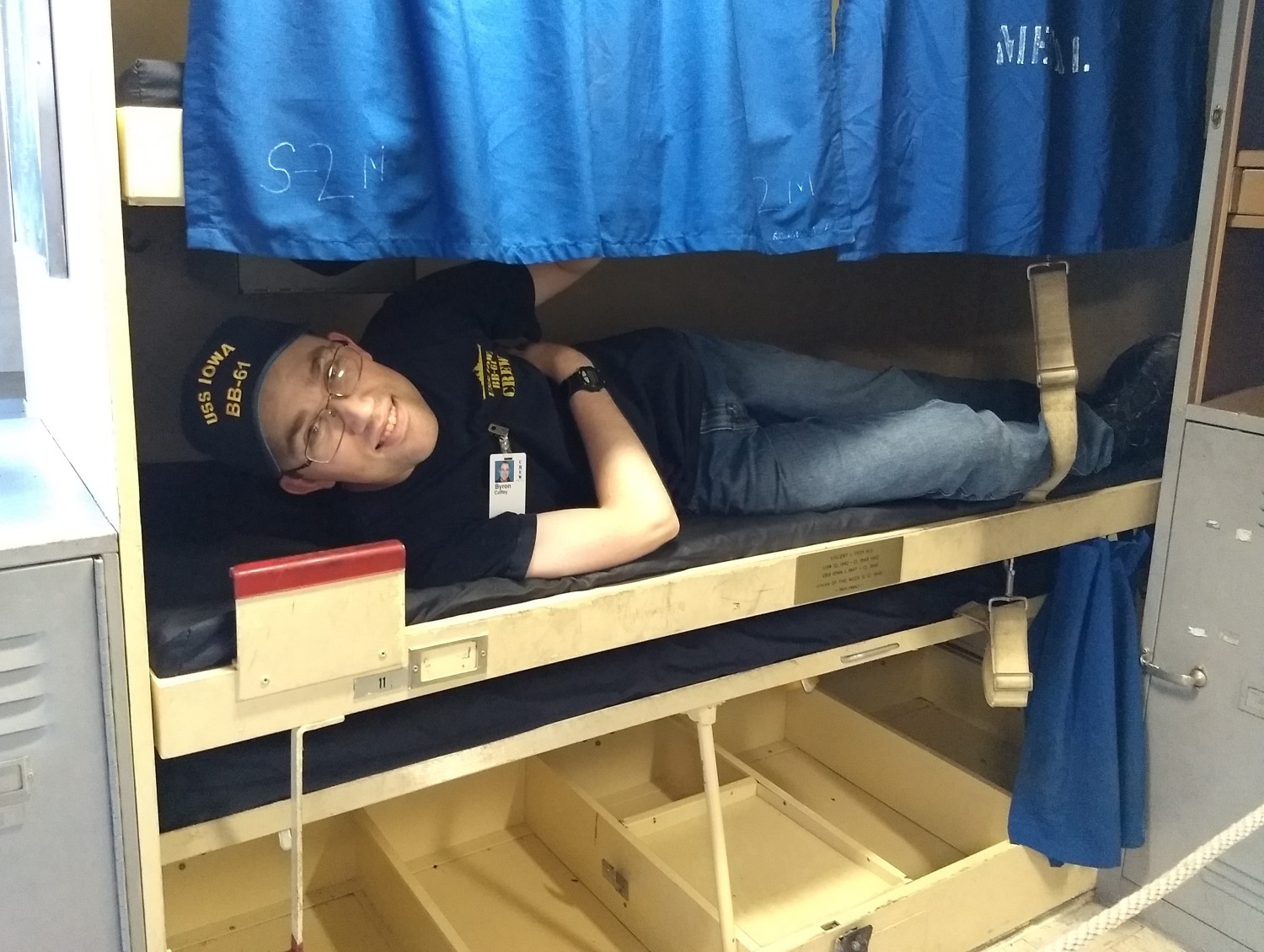
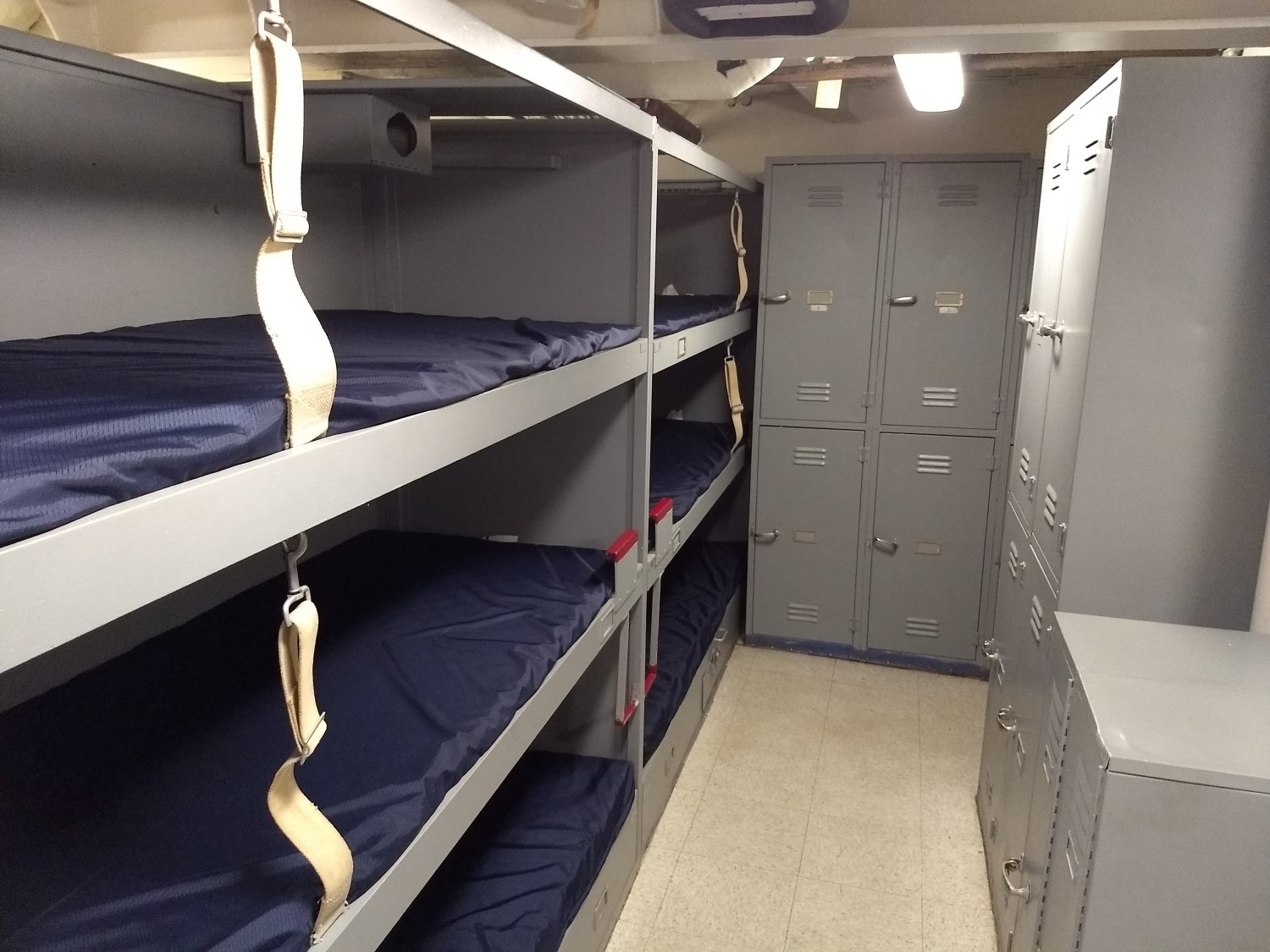
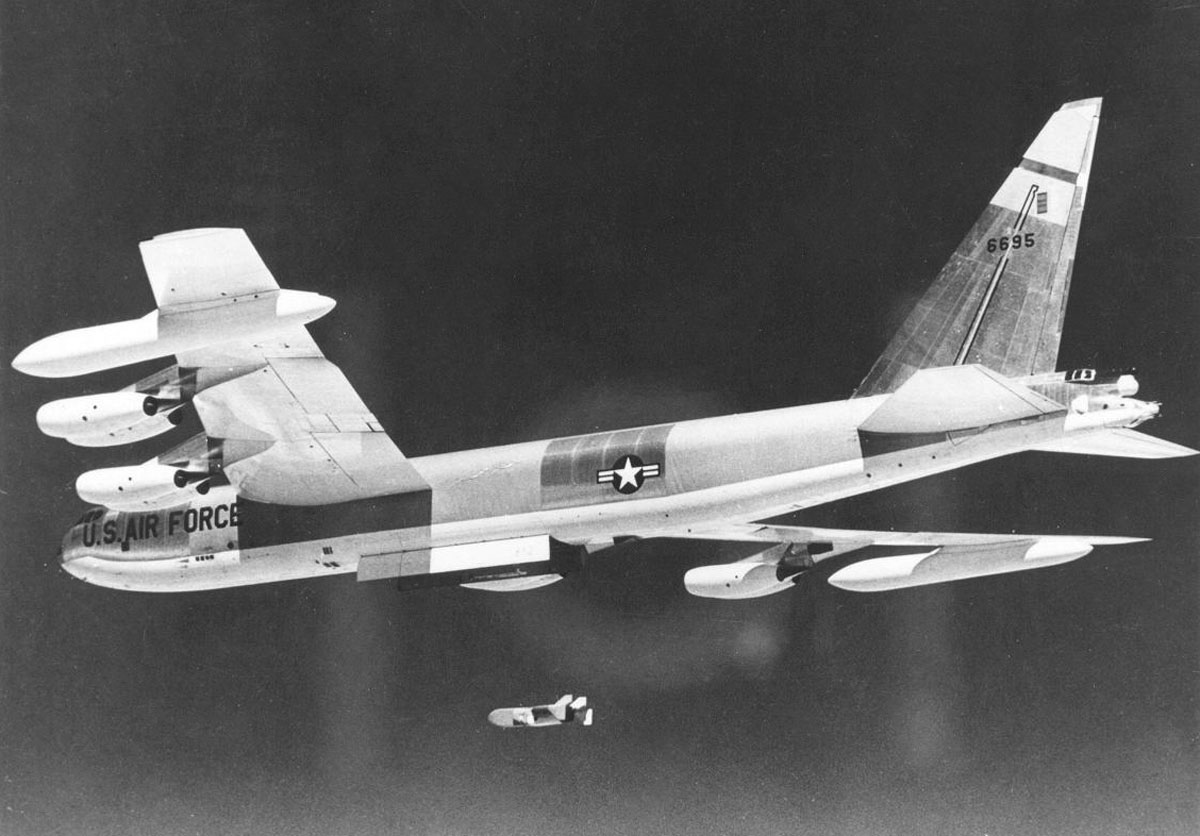


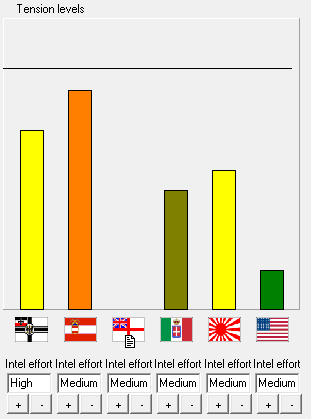

Recent Comments